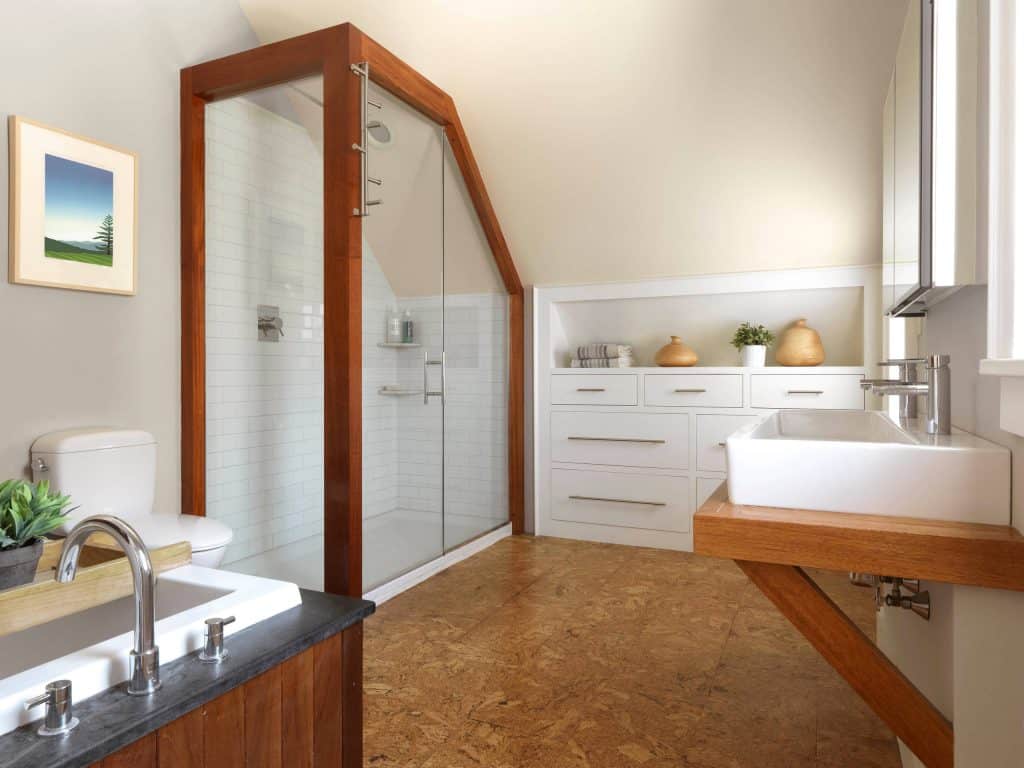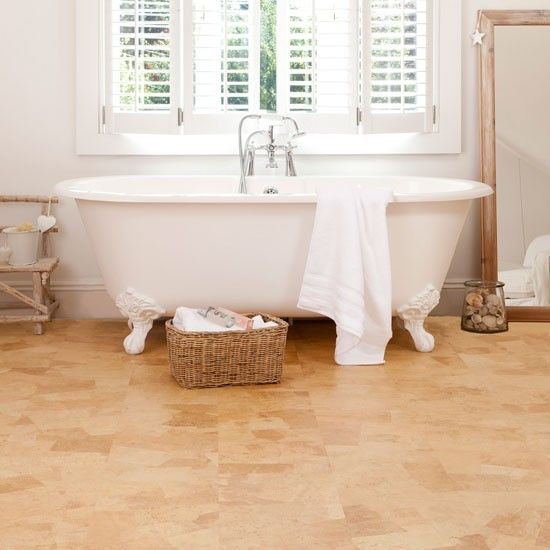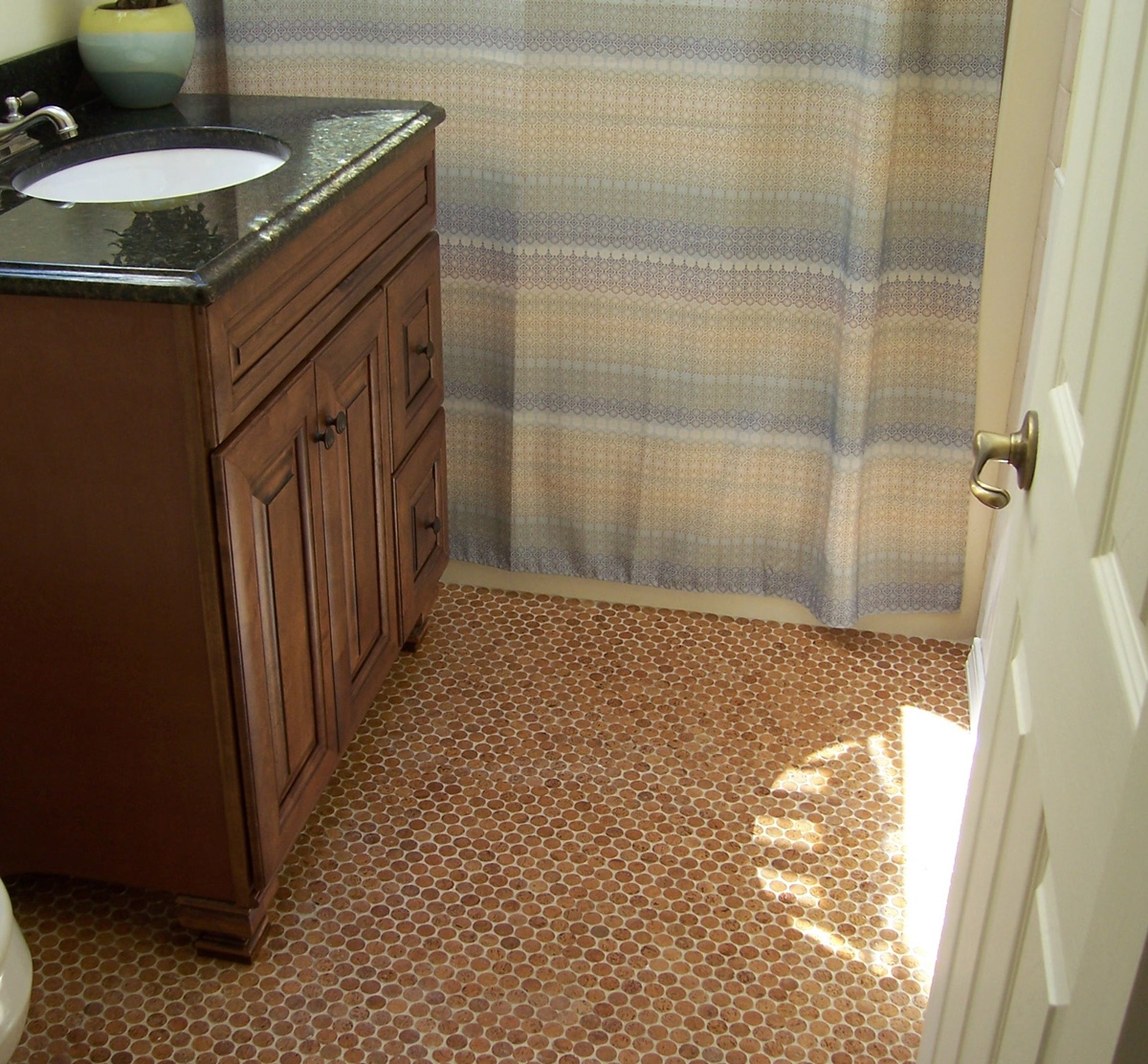The truth is, after a cork oak tree matures it may be harvested every 9 years throughout the lifespan of its, which happens to be around 150 to 200 years. Cork contains an all natural substance called suberin. The truth is, nations as Portugal that account for a large supply of the worlds cork have rigid laws set up on cork harvesting. Cork has been used at an assortment of capacities for thousands of years like flooring.
Cork Flooring in Laundry Room

In case you thought we were done with the benefits of cork flooring then you're sadly mistaken. You need to understand that APC Cork manufacture 3 specific cork solutions, 2 flooring and one underlayment; they generally do have various other non-cork programs including trim adhesives and finishes. High-density cork is stronger compared to low density cork. Cork floor surfaces are good for health.
Laundry Room 1: The Initial Renovation

Cork is the perfect choice if you have allergies and even if you have an illness that requires your living environment to be very clean. These cells provide many other advantages and we will mention them in a bit. This properly makes this flooring type suitable for suites like the bathroom, basement and kitchen, along with the regular rooms for instance the family room, den or bedroom.
Contemporary Laundry Room With Cork Wall and Flooring and Built-In Blue Storage Bedroom

Cork Bedroom Flooring
/cork-flooring-in-unfurnished-new-home-647206431-588bcf233df78caebcacd2c8.jpg)
Can Cork Flooring Be Installed in A Bathroom? Decor Snob

Blue mudroom with a built-in desk and cork board finished with shaker cabinets and vintage

3 Reasons to Install a Cork Flooring in Your Bathroom – Residential Flooring Carolina Flooring

Using Cork Flooring in a Bathroom The Decor Girl

laundry room fix up – cork floors are done the final floor… Flickr

Image result for best flooring for an uneven laundry room Vinyl flooring kitchen, Vinyl tile

Welcome to my laundry room, I mean home.
Kitchen, Mud Room & Laundry Room Laundry mud room, Mudroom laundry room, Mudroom

32 Cool Cork Flooring Ideas For Maximum Comfort – DigsDigs

30 available ideas and pictures of cork bathroom flooring tiles

What Is Cork and Where Does It Come From?
/cork_flr_kitch-56a4a1dd3df78cf772835557.jpg)
Related Posts: